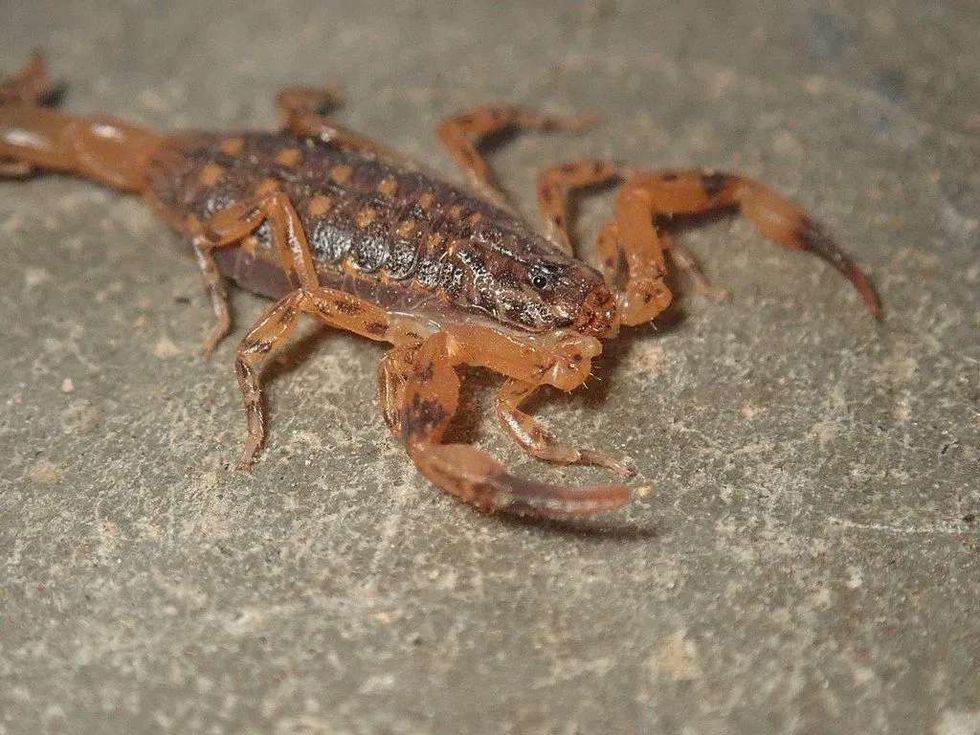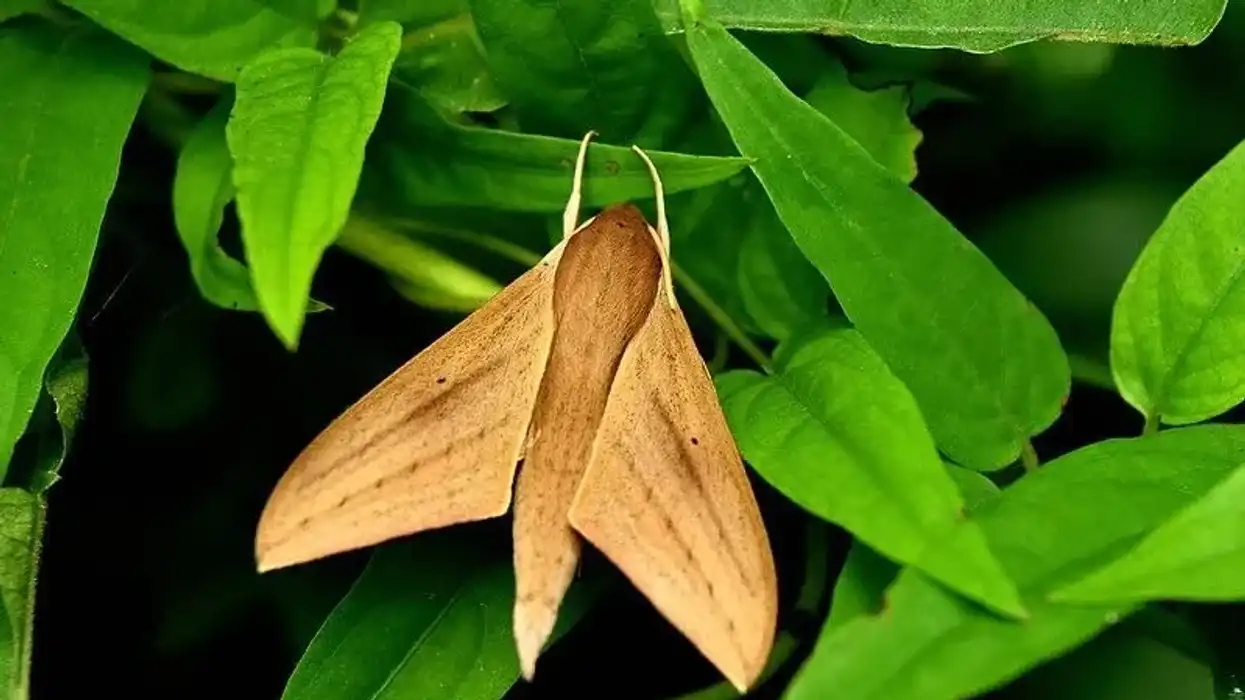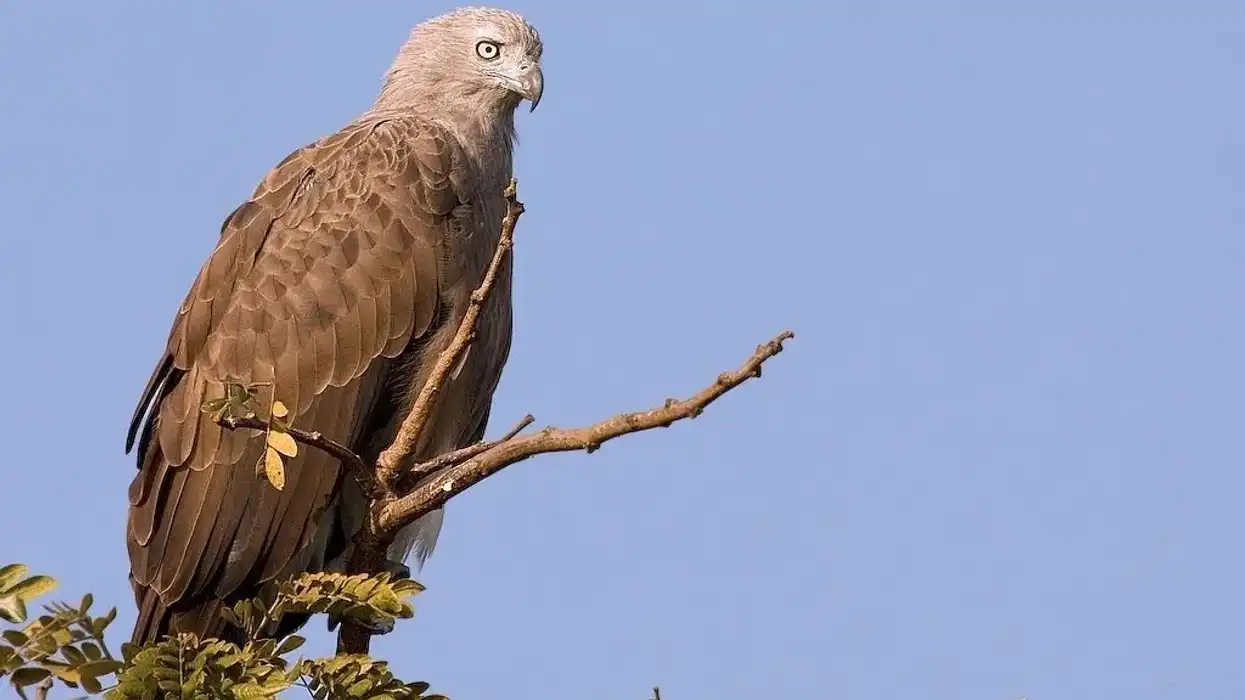The lesser brown scorpion, Isometrus maculatus (De Geer, 1778), or more commonly known as the Hawaiian scorpion, is from the phylum Arthropoda and is closely related to spiders. The scorpion's body is divided into three parts: head, abdomen, and tail.
The lesser brown scorpion has four pairs of clawed legs, large pedipalps, which gives them a crab-like appearance, and a long tail with a tip full of non-deadly venom.
The lesser brown scorpion uses their sting against prey for defense purposes. Being nocturnal in nature, the lesser brown scorpion rests all day and hunt and feed on lizards, small rodents at night.
In the daytime, they would rest while hiding beneath the loose rocks, loose bark of fallen trees or debris.
While in-home areas, the lesser brown scorpion can be found hiding under the house, in the attic, kitchens, washrooms, closets, folded blankets, and shoes. They can invade your attic by climbing between the wall partitions.
For more relatable content, check out these bark scorpion facts and striped bark scorpion facts for kids.
Lesser Brown Scorpion Interesting Facts
What type of animal is a lesser brown scorpion?
The lesser brown scorpion, Isometrus maculatus, is a scorpion species under the phylum Arthropoda.
What class of animal does a lesser brown scorpion belong to?
The lesser brown scorpions belong to the Arachnida class of the family Buthidae and are closely related to spiders.
How many lesser brown scorpions are there in the world?
There are approximately 2,000 scorpion species in the world, including six superfamilies and 13 families distributed over several continents. Given that the species are not endemic, giving the exact count for lesser brown scorpions is hard.
Where does a lesser brown scorpion live?
The lesser brown scorpion is native to Asia but found in Oahu, Maui, and Hawaii. The reason for the extension of the pantropical range of the species is mainly because of human activities.
The lesser brown scorpion is found near human habitation now in the distribution they were introduced in. Because of their introduction to newer places, they have become a threat to the indigenous species.
What is a lesser brown scorpion's habitat?
The lesser brown scorpions prefer tropical and moistened habitats. These scorpions prefer to live in warm areas and hide in damp places beneath loose rocks, loose bark of fallen trees, piles of lumber, floors of outbuildings, debris, and boards. Even though these scorpions prefer warm temperatures, they do not live in arid and desert areas.
Who do lesser brown scorpions live with?
Scorpions are nocturnal species, meaning they are most active during the night and are also solitary in nature. They live in large groups or nest together and prefer to stay alone under loose rocks and inside holes.
How long does a lesser brown scorpion live?
The lifespan of a lesser brown scorpion is three to five years, which is considered a long life for a scorpion.
How do they reproduce?
The male and female scorpions go through courtship before mating. Their courtship practice is similar to that of the spiders. After mating, the female scorpions are known to eat the male scorpions. Scorpions give birth directly to the young ones instead of laying eggs.
The immature scorpions would climb the back of their mothers, where they stay until their first molt. The immature scorpions nourish through the yolk material that is stored in their bodies. The scorpions have a gestation period of around two to three months.
What is their conservation status?
The lesser brown scorpion species has not been evaluated yet by the Red List of Threatened Species managed by the International Union for Conservation of Nature. But it might not be of much concern now, as they mostly have abundant population distribution in their native as well as introduced ranges.
Lesser Brown Scorpion Fun Facts
What do lesser brown scorpions look like?

The lesser brown scorpion is brown in color with a small amount of black on its body. They can be recognized by their crab-like appearance because of the presence of large pedipalps and their four pairs of terminally-clawed legs.
They also have a long and fleshy tail. They have a long and fleshy tail which is divided into five segments.
Their tail ends in a bulbous sac and has a prominent still, which is full of non-deadly venom enough to cause severe pain and swelling in the human body. They also have small and partly hidden true jaws that are hidden from the top by the front portion of their carapace.
How cute are they?
Lesser brown scorpions aren't exactly cute-looking creatures. Their colors aren't very bright, and they rather look venomous, but they can still be a favorite to some people.
How do they communicate?
The male and female lesser brown scorpions are known to use vibrational communication as a mode to communicate. They also use pheromones to locate and identify each other.
How big is a lesser brown scorpion?
The lesser brown scorpion can grow up to 3.5 in (9 cm), almost the same as the size of the deathstalker scorpion from the same family.
How fast can a lesser brown scorpion move?
A lesser brown scorpion can travel at a speed of 12 mph (19.3 kph).
How much does a lesser brown scorpion weigh?
The lesser brown scorpion weighs around 0.02-0.2 oz (0.5-5 g) which is almost twice the size of the pseudoscorpion, which is from the same class.
What are the male and female names of the species?
The male and female lesser scorpion species do not have any separate names.
What would you call a baby lesser brown scorpion?
The baby lesser brown scorpions are called scorplings.
What do they eat?
The scorpions are cannibalistic creatures that feed on other scorpions species or smaller individuals of their species. They also prey on individuals their own size while they undergo molting.
They prey on insects, spiders, millipedes, lizards, and even small rodents. The mother scorpion is also known to feed on its own babies. Lesser brown scorpions are also nocturnal, which means they are more active at night and only hunt and feed at that time.
Are they harmful?
The scorpion's sting is at the tip of its tail, made up of a very sharp and curved tip full of poison secreting glands. The sting is injected into the prey's flesh by a quick flick of the tail tip.
The venom of the deadly species circulates all over the victim's body, whereas the venom of a non-deadly species has local effects like swelling and discoloration of the affected area. Their sting can cause intense pain with inflammation or swelling on the site.
The deadliness of a species sting depends on the potency of the venom and habitat instead of their size.
Similarly, the non-neurotoxic sting of the Hawaii scorpion species can produce intense pain and swelling. The swelling can occasionally spread over a wide body area.
The symptoms can also include muscle pain and nausea that usually disappears within 24 hours. There have been no reported fatalities in Hawaii due to the lesser brown scorpion.
Would they make a good pet?
The lesser brown scorpion can be a good pet. Even though it has a painful sting, is nocturnal, and can eat its smaller versions, it is very clean and requires little maintenance.
It is also believed that it was the pet trade due to which the species were introduced into newer locations in the first place. They have spread far beyond their endemic range due to human activities.
Did you know...
Lesser brown scorpions have fluorescent chemicals in their cuticle, making them glow when exposed to ultraviolet light.
Is the lesser brown scorpion endemic?
No, the lesser brown scorpion is not endemic. They are native to Asia but were introduced to many other places, out of which their population dominates Hawaii the most.
It is believed that apart from the pet trade, exporting goods from native areas might have also played an important role in this. However, their introduction to new places results in a threat to the indigenous species there, including some native cave-dwelling arthropods.
What is the least dangerous scorpion?
The emperor scorpion is the least dangerous scorpion known out of all the scorpions out there. That is also why it is the most recommended scorpion species for beginners to keep as pets. The emperor scorpion has docile and has weak venom, which only causes a mild and localized reaction to people.
Here at Kidadl, we have carefully created lots of interesting family-friendly animal facts for everyone to discover! Learn more about some other arthropods from our scorpionfly interesting facts and red paper wasp surprising facts pages.
You can even occupy yourself at home by coloring in one of our free printable lesser brown scorpion coloring pages.









